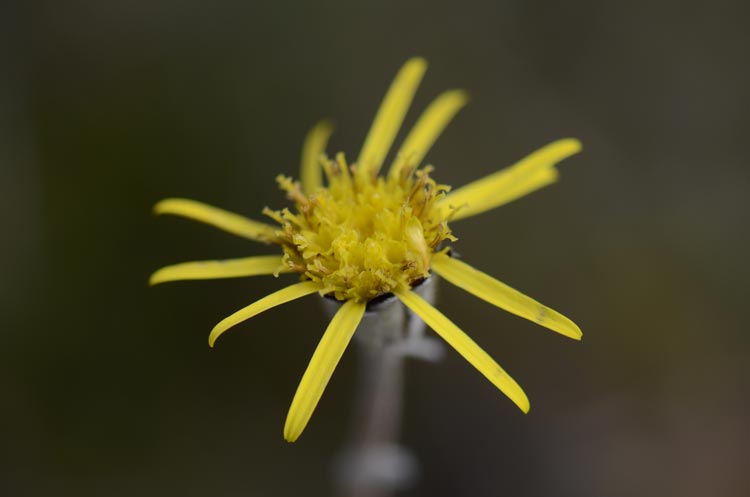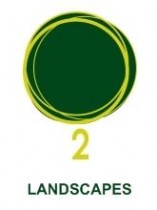A Glimpse into the past
Phillip Smith from O2 Landscapes shares his journal and images about the Ben Dhu Scientific reserve near Lake Ohau giving a rare glimpse at what the Mackenzie Basin would have looked like.
Although the beautiful, rolling tussocklands of the South Island form landscapes that are natural in appearance, a large proportion of them are the result of centuries of human impact (both Maori and European) upon these landscapes. At Ben Dhu Scientific Reserve (near Lake Ohau), a rare remnant offers a glimpse of what much of the Mackenzie Basin would have looked like before man’s arrival.
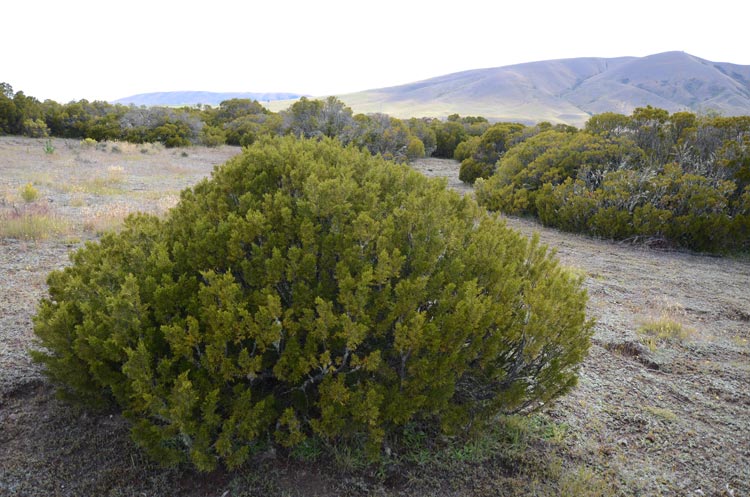
There is value in understanding which other landscape types are natural for these areas, particularly in a place as apparently inhospitable as the Mackenzie Basin. This certainly does not mean that we should prefer such ecologies to tussocklands. After all, aside from their beauty, tussocklands have become stable ecologies in their own right, due to changes in soil composition and the extremely long time that it would take for the ‘climax’ ecologies to establish again.
It is simply interesting to look at different patterns within landscapes, such as the mosaic of pseudo-formal shrubs of bog pine (Halocarpus bidwillii) in the less dense (and most visually compelling) areas of Ben Dhu. The stark contrast between the mass of their rounded forms and the void of the apparently bare ground repeats the outlines of the hills and basins of the surrounding landscape, on a smaller scale.
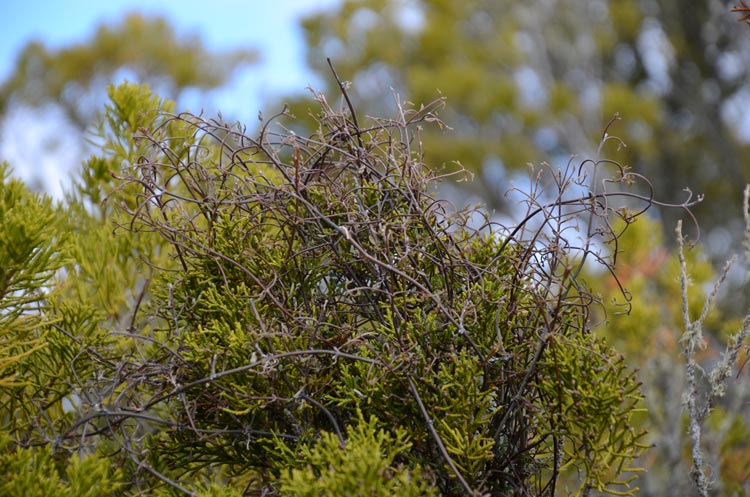
Bog pine is one of our slowest-growing trees, and shrubs that are only 2m tall can be considerably more than 100 years old. These effectively form islands within which other species can establish, such as the Clematis quadribracteolata above and the mountain toatoa (Phyllocladus alpinus) that is emerging from a dense area of bog pine in the image below. The latter is also extremely an slow-growing small tree that was an important component of the pre-human vegetation of the Mackenzie Basin.

Despite their bare appearance, the spaces between the bog pine contain an array of low-growing native species, such as a white-flowered daisy, Brachyscome sinclairii,a mat-forming coprosma (C. petriei), and a yellow-flowered daisy called Brachyglottis haastii (whose rosette of silver leaves is pictured below).
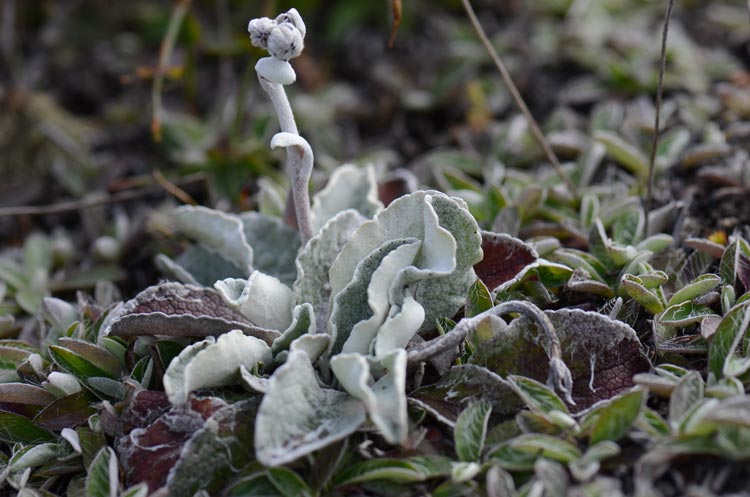
Brachyglottis haastii was in flower at the time of my visit to Ben Dhu, in early January. Although relatively common, I never tire of looking for this species. Depending on where it grows, this variable plant can be quite robust (40cm high and 60cm wide, when in bloom, with large flowerheads) or comparatively small (10-15cm high, as shown below). Although Lawrie Metcalf wrote about it in his fine publication, ‘The Cultivation of New Zealand Plants’, it is almost completely unknown within cultivation.
All photos Copyright © Phillip Smith O2 Landscapes

